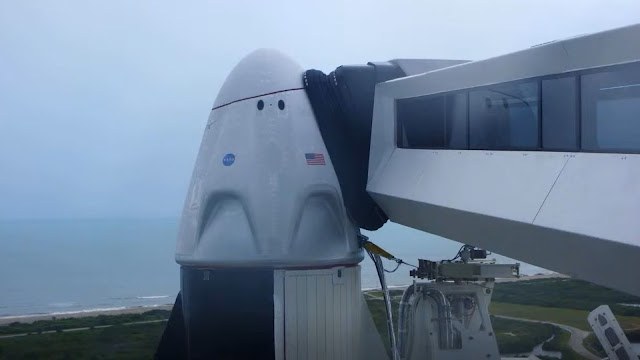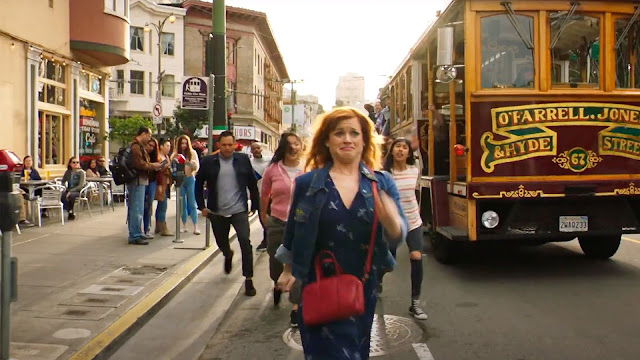“I like hiring smart people. To me, if you have smart people who are curious and creative, but if they’re inspired and they’re sharp, they’ll be able to learn.”
— Jon Favreau
When Disney+ debuted on Nov. 12, 2019, it brought us the first-ever live action “Star Wars” series in “The Mandalorian.”
What it didn’t bring us was any “behind-the-scenes” or “making of” material diving into the show’s production.
I love documentary content that unmasks how movies and TV shows are made. For example, the documentary “The Beginning” (that was part of the “Star Wars: Episode I - The Phantom Menace” DVD) continues to be one of my favorite “making of” documentaries. I love to see everything that goes into making a movie.
Thankfully, the Mouse has an all-new series called “Disney Gallery” that gives fans a look behind the curtain of the first season of “The Mandalorian.”
The series will be eight episodes in total (each has a running time of about 30 minutes).
The first episode is titled “Directing.” It features a roundtable discussion with production footage interspersed.
First of all, I find each of the season’s directors — Dave Filoni, Bryce Dallas Howard, Taika Waititi, Deborah Chow, and Rick Famuyiwa — to be fascinating.
I really enjoyed hearing from Dave Filoni (an animator who has helmed shows like “The Clone Wars,” “Star Wars Rebels,” and “Star Wars Resistance”). Filoni (in his signature black cowboy hat) offers some terrific anecdotes about how he was hired by George Lucas for “The Clone Wars” gig.
“My job was to show this guy as he is, as he has been,” Filoni said of the “The Mandalorian’s” first episode.
I’ve watched “Star Wars Rebels” (read my review) and I’m working my way through “The Clone Wars” as I write this. The fact is that both series are brilliant and embody what “Star Wars” is all about.
Jon Favreau (The executive producer and creator of “The Mandalorian”) said that Filoni has “a strong intuition about what George would say.”
In my mind, that intuition is what made the first season of “The Mandalorian” so strong — and (in many ways) superior to the recent “sequel trilogy” we saw released theatrically.
In my mind, that intuition is what made the first season of “The Mandalorian” so strong — and (in many ways) superior to the recent “sequel trilogy” we saw released theatrically.
My hope is that these directors can serve as a “proving ground” for future productions — beyond “The Mandalorian.”
It appears this is already happening.
It was announced this month that Academy Award winner Taika Waititi (who directed “Chapter 8: The Redemption”) will direct and co-write an upcoming “Star Wars” live action film.
We learned last year that Deborah Chow (who directed “Chapter 3: The Sin” and “Chapter 7: The Reckoning”) is set to handle all directing duties for the upcoming Disney+ series centered on Obi-Wan Kenobi.
While none of the information in the first episode is particularly revelatory, there are some nice moments as we hear from these directors.
“There’s a real responsibility working with these kinds of characters and these kinds of stories,” said Bryce Dallas Howard (who directed “Chapter 4: The Sanctuary”).
Howard recounts a time in her youth when she was on a trip to Japan with her father (actor/director Ron Howard) where they (along with George Lucas) had a meeting with legendary filmmaker Akira Kurosawa.
I have a feeling that Howard — along with the rest of the directors — are going to have a significant influence on the future of the “Star Wars” universe.
I’m looking forward to watching the rest of the first season of “Disney Gallery: ‘The Mandalorian’” — stay tuned for the my reviews of the rest of this episodes in the behind-the-scenes series.











































